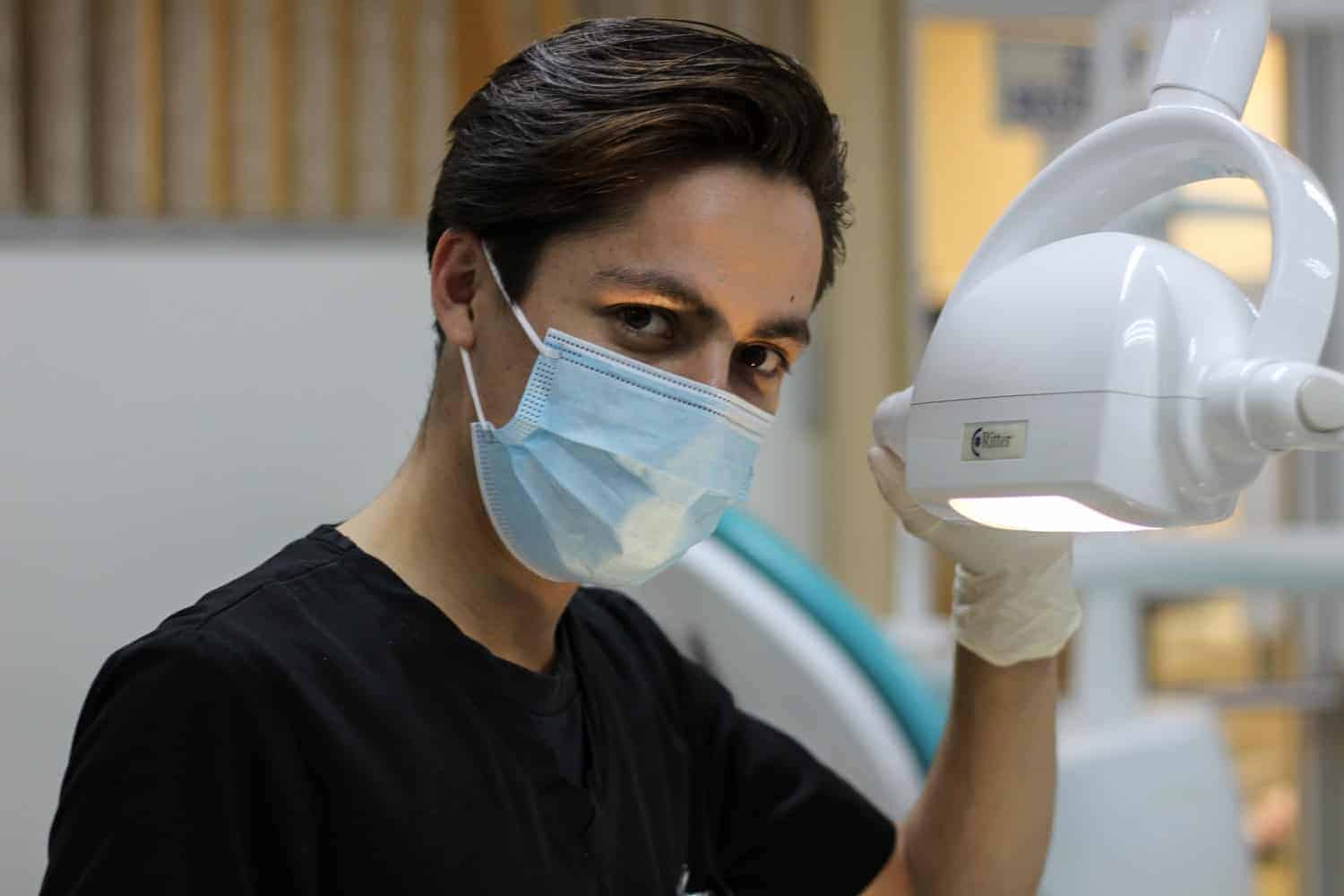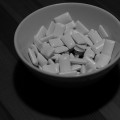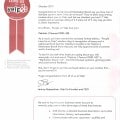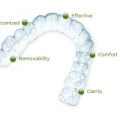Curious About Impacted Tooth (Other Oral Dangers in 2020)
Last Updated on December 12, 2019 by Gio Greenard
The Impacted Tooth. This is a tooth that has been unable to break through the gum. If the tooth has only managed to partially breakthrough, it is referred to as partially impacted. In some instances, there may not be any symptoms. The issue may not be found until x-rays are taken. This issue often occurs when there is not enough space in the mouth for the tooth.

Impacted Tooth & Other Dangers
Symptoms
The symptoms may come and go during a period of weeks or even months. The most common symptoms include:
- An unpleasant taste in the mouth
- Bleeding, swollen or red gums
- Pain when biting, chewing or opening the mouth
- Bad breath
- Problems opening the mouth
The Teeth Most Often Impacted
- Wisdom teeth are the most frequently impacted. These teeth usually grow in between the ages of seventeen and 21. Once this occurs, the jaw has usually stopped growing. In many instances, there is not enough room in the jaw or mouth for the teeth. Wisdom teeth are usually removed by an orthodontist since they are not necessary. This issue is common for individuals with small jaws.
- The second most common tooth impacted is called the cuspid. This is also referred to as the upper eyeteeth or maxillary canines. Due to the importance of these teeth, the orthodontist will probably recommend treatments as opposed to removing the teeth.
The Treatment Options for an Impacted Tooth
If an individual believes one of their teeth has become impacted, they should visit a dental professional as quickly as possible. The first step is having the tooth examined. An x-ray is then taken to see if the tooth has become impacted. The dental professional will explain all of the benefits of the treatment. The options available include:
- Monitoring: If the individual is not suffering from any symptoms, the dental professional may recommend waiting so the tooth can be monitored. The tooth is monitored on a regular basis to determine if it will be able to break through the gum as opposed to having the tooth surgically removed.
- Eruption Aids: This type of aid is used to help the tooth break through the gum properly. This includes brackets and braces. If the canines are being blocked by either an adult or a baby tooth, the tooth will need to be extracted. Eruption methods work best for younger individuals. If the tooth does not respond to the eruption aid, it will need to be extracted. The tooth is then replaced using either a bridge or a dental implant.
- Surgery: If the individual is suffering from any side effects or pain, the dental professional may recommend having the tooth extracted through surgery. This is usually necessary if the tooth impacted is a wisdom tooth. Extraction may also be recommended if the tooth will have a negative impact on any of the other teeth.
- – Tooth extraction surgery is an outpatient procedure performed at the office of the dental professional. Once the procedure has been completed, the individual can go home. The procedure generally requires between 45 and sixty minutes. Local anesthesia is used to ensure the individual remains comfortable. Seven to ten days should be allowed for recovery, but the individual can go back to work in a few days.
The Complications and Dangers of an Impacted Tooth
Once a tooth becomes fully impacted, it will be unable to break through the gum. This means the individual will not be able to care for or clean the tooth. Even when the tooth is partially impacted, it is difficult to clean correctly. This increases the risk of dental issues such as:
- Decay
- Infection
- Cavities
- Bone absorption of adjacent teeth
- Crowding of adjacent teeth
- Gum disease
An impacted wisdom tooth can damage the other teeth, cause pain and lead to dental issues even if the individual is not experiencing any obvious problems. This includes:
- Gum disease: Once a tooth becomes partially or fully impacted, it is difficult to clean. This can cause an inflammatory and painful condition of the gums called pericoronitis.
- Dangers to the Other Teeth: If a wisdom tooth is pushing against the molar, the second molar may be damaged. The infection risk may also increase. The pressure can result in crowded teeth. Treatment will then be required to straighten the other teeth.
- Decay: The risk of tooth decay is higher when a wisdom tooth is partially impacted. This results from a combination of issues with cleaning the tooth and the bacteria and food trapped between the wisdom tooth and the gum.
- Cysts: A sac can be developed within the jaw bone due to an impacted wisdom tooth. A cyst is formed when the sac becomes full of fluid. This can damage the nerves and teeth. This issue can necessitate removing both bone and tissue.
Conclusion
If you believe one of your teeth has become impacted, call for a complimentary consultation with Dr. Panucci as soon as possible before the issue becomes even worse.
- Which tip will you try first???
- Either way, let us know by leaving a comment below right now and continue the conversation on Twitter @DrPattiPanucci
220 N. Aviation Blvd. Suite A
Manhattan Beach, CA 90266
Phone: (310) 379-0006
Curious About Impacted Tooth (Other Oral Dangers in 2020)

Dr Patti Panucci attended the University of Louisville School of Dentistry for four years, where she graduated with a DMD degree (May 2000) among the Top 10 in her class. Following that, she headed west to Los Angeles to complete her three-year residency at one of the top-ranked orthodontic programs in the country – the University of Southern California.
Along with her certificate in orthodontics, Dr. Panucci earned a master’s degree in craniofacial biology. During those three years, she fell in love with Southern California beach life and decided that this was where her future lay.














Leave a Reply
Want to join the discussion?Feel free to contribute!